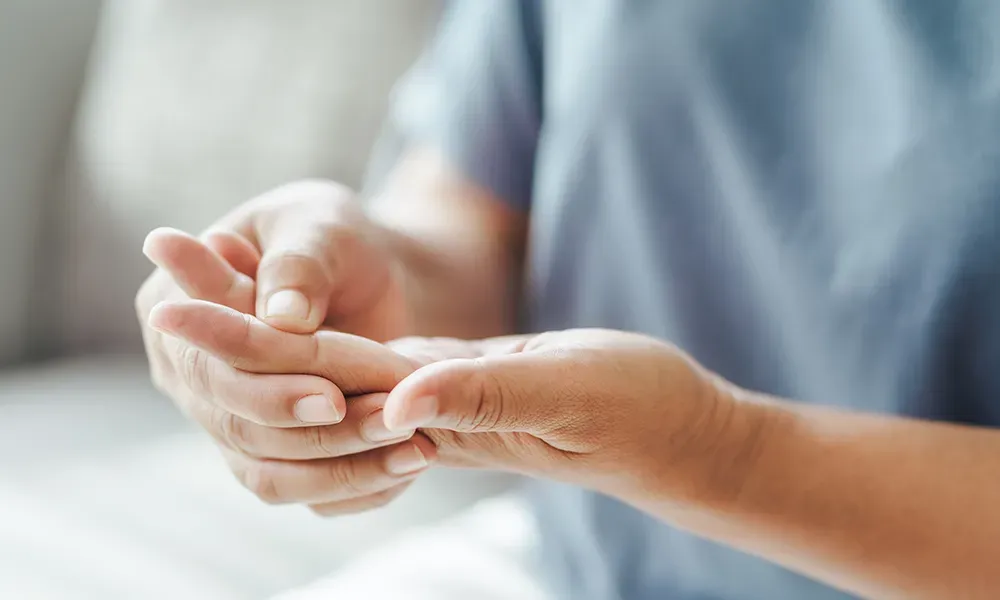A person experiences chronic pain in the syndrome. When you experience an injury, heart attack, or stroke, the chances of developing the syndrome increase. The pain increases after the injury. The syndrome is further categorized into CRPS I and CRPS II. In the case of the first type, you do not know if there is any nerve injury associated with the syndrome. In the second type, there is a nerve injury related to it. The CPRS can also spread from one limb to the opposite limb.
The treatment of the syndrome involves improving the symptoms. In West Orange, professionals incorporate various multidisciplinary approaches to treat this complex condition. There is a west orange nj pain management specialist who ensures that the patients get personalized treatment plans.
Overview of the two types of Regional Pain Syndrome:
- CRPS I: Those who have Complex Regional Pain Syndrome (CRPS) are commonly diagnosed with the first type. It is also called Reflex Sympathetic Dystrophy. When you get an injury or suffer from an illness, it does not directly damage your nerves, which are in the affected body part; that is when you develop this type.
- CRPS II: The symptoms of the second type (also called causalgia) are pretty similar to CRPS I. The only difference is that the second type develops when there is nerve damage to the affected body part.
How can you identify the syndrome?
Some various symptoms and signs can give you an idea of whether you have a syndrome or not. The symptoms can be there for months or years.
Some of the symptoms are listed below:
- Pain and swelling in the affected area.
- You might notice changes in the color of your skin; red or blue might be there.
- Difficulty in moving the affected part of your body.
- You might sweat or feel cold at times
- The affected area might also become shiny or tender.
What are the complications associated with CRPS?
The syndrome needs to be treated early on by pain management specialist near me, or it can take the form of something more complex. The symptoms can become worse with time, and disabling signs can appear.
Atrophy:
It is also called tissue wasting. Here, you will begin to notice that your muscles and skin are starting to become worse, and deterioration is taking place. It happens when you begin to find it challenging to move your affected part, which can be an arm or a leg. It may be because of the pain or weakness.
Contracture:
Here, your muscles start to become stiff and tighten. Your hands or fingers can tighten and become stiff in a fixed place.
Key treatment options for CRPS:

Use of medications:
Different medications can be used to treat the condition. Non-steroidal anti-inflammatory drugs can be used to reduce the symptoms such as pain. There are antidepressants to manage neuropathic pain. Nerve blocks can also prove to be effective in the treatment. Another medication that can be used to treat severe pain is opioids.
Cognitive Behavioural Therapy:
It is a psychological therapy used to deal with different challenges presented by the syndrome. Mental health can significantly improve by administering this therapy. Patients are at high risk of developing anxiety and depression. Counselors and therapists can effectively manage pain.
Physical therapies for improving mobility.
CRPS can result in muscle spasms and difficulty in moving the affected body part. Physical therapies help in improving such symptoms. Various techniques are administered to reduce pain and improve movement. Contracture is enhanced by including multiple exercises in the routine. In case of a stroke, try moving around and walking. It can reduce the chances of developing CRPS in the first place.
Pain management clinics can help with CRPS!
You should contact a pain management clinic in West Orange. The professionals can do a thorough examination and provide solutions to treat the condition.

